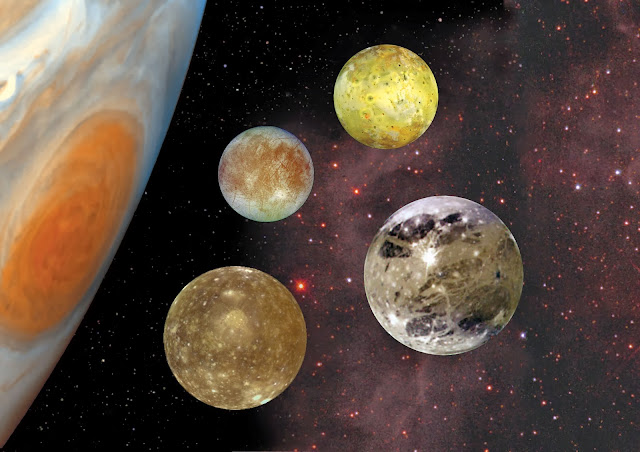Not quite sure this is really relevant or at all scientific, but nearly two in three Americans think President Barack Obama would be better than Republican rival Mitt Romney in dealing with an alien invasion, according to a poll done by the National Geographic Channel. Surely, this is in response to the claim that Obama was teleported to Mars as a youth to meet and greet the Martians living there.
In addition, disappointingly, 36% of Americans believe UFOs exist, and 11% claim they have actually seen one, and 20% said they know someone who has seen one, the poll also determined.
- FASHION WEEK - USA Fashion and Music News
- WORDPRESS - Music Video Photo Fashion Blog
- PALCO MP3 - Download Music Legally Direct From Artist
- LAST FM - Download Music Legally Direct From Artist
- PICASA WEB - USA Fashion Music News Photo Gallery
- DISNEY CHANNEL - Music News
- BABY JUSTIN BIEBER - Google Images Google News
- LADY GAGA - Google Images Google News
- UNIVERSE PICTURES - Google Images Nature Picrtures
- FLICKR PHOTOS - Fashion Magazines
